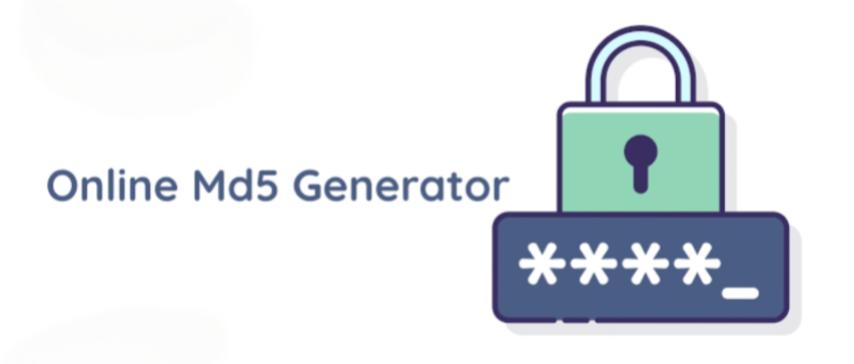
MD5 Generator Explained: How It Works and Why It Still Matters
Created on 2 October, 2025 • Generator Tools • 21 views • 2 minutes read
A MD5 generator remains useful for non-critical applications such as file verification, quick data integrity checks, or basic data fingerprinting.
Hashing algorithms have long been at the heart of digital security and data integrity. Among the most recognized is the MD5 algorithm, once considered a standard for generating secure hashes. A MD5 generator is a tool that transforms input data into a fixed-size 128-bit hash value. While it is no longer recommended for high-security applications, MD5 is still widely used in certain areas and remains one of the most popular hashing functions to understand.
What is MD5?
MD5 (Message Digest Algorithm 5) was designed by Ronald Rivest in 1991 as an improvement over MD4. The algorithm produces a 32-character hexadecimal hash regardless of the size of the input. Its primary purpose was to ensure data integrity by creating a digital fingerprint of a file, message, or password.
A MD5 generator applies this hashing process to any input and produces a unique output hash. If even a single character in the input changes, the generated hash will be drastically different. This property made MD5 very useful for verifying data consistency.
How Does an MD5 Generator Work?
The MD5 generator follows a structured process to convert information into a hash value:
- Padding the Input – The data is padded so its length matches the block size required by the algorithm.
- Appending the Length – The length of the original input is added to ensure accuracy.
- Processing the Blocks – The data is divided into blocks and processed through mathematical functions.
- Final Hash Output – A 128-bit hash is created as the final result.
This process ensures that MD5 hashes are quick to generate, making them suitable for applications that require speed.
Why Use an MD5 Generator?
File Integrity Checks
MD5 is commonly used to verify that files have not been altered during transfers or downloads. Developers often provide MD5 hashes so users can confirm that a file is authentic and unchanged.
Data Verification
Applications and databases use MD5 to check data consistency and detect corruption.
Password Hashing (Legacy Use)
In the past, MD5 was widely used for storing passwords. However, due to modern vulnerabilities, it is no longer recommended for this purpose.
Limitations of MD5
Despite its popularity, MD5 has significant security flaws that make it unsuitable for modern cryptography:
- Collision Vulnerability: Two different inputs can produce the same MD5 hash, compromising its reliability.
- Not Secure for Passwords: With today’s computing power, MD5 hashes can be cracked easily using brute-force or rainbow table attacks.
- Outdated Standard: Organizations like NIST no longer approve MD5 for cryptographic security.
Modern Alternatives to MD5
To ensure stronger security, modern systems use more advanced hashing algorithms:
- SHA-256: A reliable choice for file verification and encryption.
- SHA-3: The latest secure standard in hashing technology.
- Bcrypt and Argon2: Designed specifically for secure password hashing.
Conclusion
A MD5 generator remains useful for non-critical applications such as file verification, quick data integrity checks, or basic data fingerprinting. However, due to its vulnerabilities, it should not be used for sensitive information like passwords or secure communications.
Understanding MD5 provides valuable insight into the history of cryptography and how far security technology has advanced. For modern security needs, developers should choose stronger alternatives such as SHA-256, SHA-3, or Bcrypt.